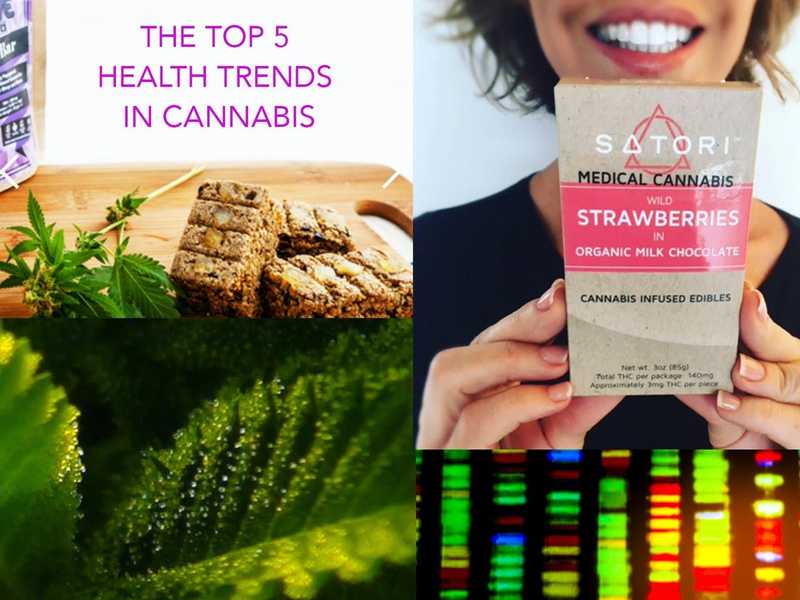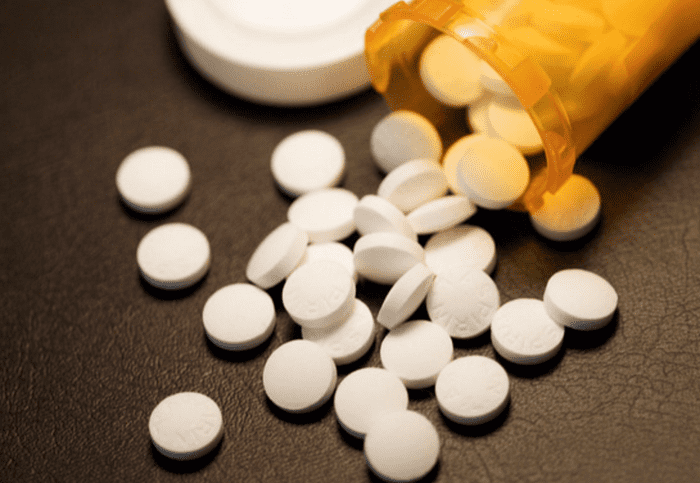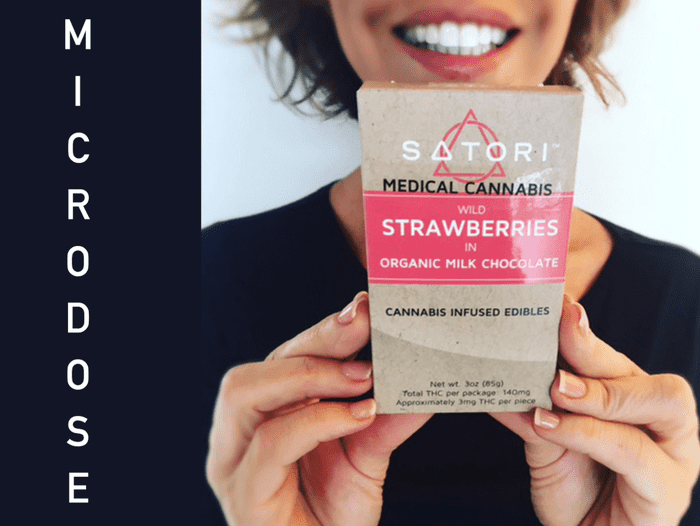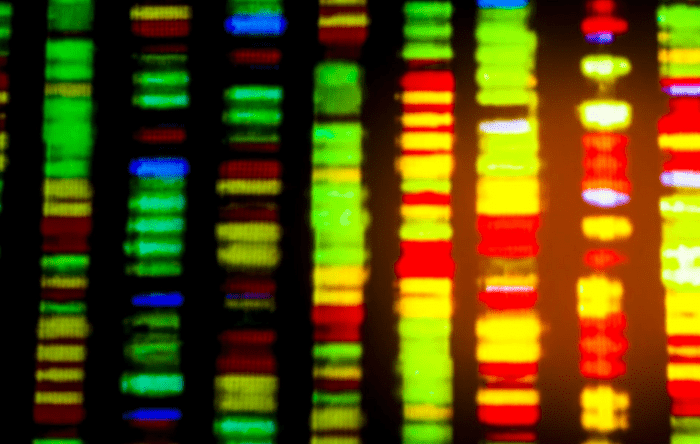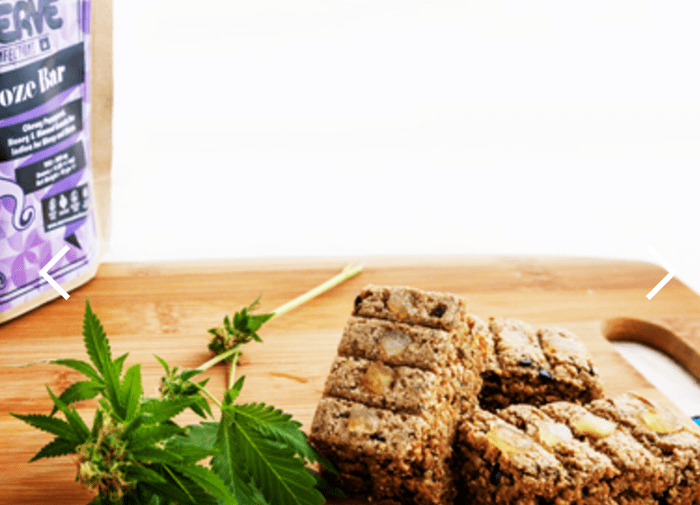The cannabis industry is always changing and at a rapid pace. Because HelloMD sits at the center of a cannabis community, I see the lifecycle of the industry all around me from many different perspectives. New patterns emerge quickly, and this often signals the birth of a new trend. In many ways, this past year has felt like a roller coaster from the rapid sweep of legalization to the changes made by the new Trump administration, and through it all the marijuana industry continues to grow and prosper as anticipated. Based on my observations from the past year, I give you the top five health trends emerging within the cannabis industry today.
FOLLOW US ON FACEBOOK & INSTAGRAM
Trend: Cannabis Effectively Replaces Opioids for Chronic Pain Management
Opioids are killing 44 Americans a day.
During 1990s, the US federal government removed many of the barriers to prescribing opioids for chronic pain. This has been one of the main contributing factors to the opioid epidemic that’s raging across the country and in particular the east coast of the United States. It’s estimated that 44 Americans die every day from opioid overdose.
A 2014 study indicated that, in states where marijuana is legal, there was a 24.8% lower rate of opioid deaths. In addition, The National Bureau of Economic Research (NBER) mimics these findings and concluded that “broader access to medical marijuana may have the potential benefit of reducing abuse of highly addictive painkillers."
HelloMD recently concluded a study with UC Berkeley entitled “Cannabis as a Substitute for Opiate and Non-Opiate Based Pain Medication.” Dr. Perry Solomon, HelloMD’s chief medical officer, says, “The results of this study, which are to be published shortly, show that 97% of respondents indicated that they reduced opioid pain medication when using cannabis.”
What’s missing here is widespread acceptance from the medical community and the education of the general public that cannabis is a viable option that can replace opioids.
RELATED: HELLOMD & UC BERKELEY CONDUCT STUDY ON CANNABIS, PAIN, & OPIOID ABUSE
Trend: Microdosing Marijuana
Microdosing is an effective way to consume cannabis without getting high.
A year ago, not many people were talking about microdosing and even fewer products were available to support this method of consumption. Microdosing is the practice of taking smaller, measured amounts of cannabis to produce a particular effect. Microdosing dosages vary from person to person, but a typical microdose might be between 2.5–5 mg of THC and may go as high as 10 mg.
The benefit of microdosing is the ability to titrate medication in such a way that you might alleviate a condition, such as anxiety or pain, without feeling high. Recent studies indicate that microdosing may be more beneficial than macrodosing. This is due to the biphasic effect, which means that at lower doses cannabis may be more effective and produce a pleasant experience. At larger doses however, the scale tips and the benefits go away whereby the experience may become negative.
Some of my favorite new microdose products are Kiva’s Petra Mints (2.5 mg), Satori’s Wild Chocolate Strawberries (3 mg) and Flora’s Probiotic Dark Mint Chocolates (5 mg).
Trend: Cannabis Genetics & Synthetics
DNA color sequencing.
People are getting serious about understanding the genetic makeup of cannabis and how to bio-engineer synthetic cannabis and cannabinoids from substances other than cannabis itself. Scientists from a variety of life science backgrounds (and large well-funded companies) are jumping into the game to better understand the plant and how to harness its power from many different angles.
On the genetics side, Medicinal Genomics (MG) is at the forefront using DNA technology to better understand cannabis genetics. MG is initially serving growers, dispensaries and test labs, but they have a much bigger vision in mind.
MG's Chief Scientist Kevin McKernan worked on the Human Genome Project and was the first scientist to sequence the cannabis genome. Regarding the history of the company and why MG is sequencing cannabis, he says:
- “We can now sequence (the DNA) of patients and know exactly what disease a patient has and target it in a very personalized manner. As opposed to a one size fits all medicine system via the FDA…Everyone is different we really need targeted therapies and the ability to read people’s DNA opened this up. Most of these rare diseases that we were running into were endocannabinoid driven and it made us realize we needed an arm that understood the cannabis plants and to bridge the compounds from this plant.
- The wonderful thing about the cannabis plant is that the compounds are safe and has more chemical diversity than all of Pfizer and Merc and is about to be over the counter and open source. If we can combine this with personalized medicine we see these as two economic tsunamis that are colliding that is going to have a real impact within healthcare and DNA sequencing is the thread through the whole story.”
If that sounds impressive, that's because it is.
The world of synthetic cannabinoids is also on fire as biotech companies move to make derivatives of cannabis primed for FDA trials—this is becoming very big business. Whether it’s synthetic tetrahydrocannabinol (THC) or cannabidiol (CBD), there are many drugs on the market today, like Marinol, helping patients with a variety of conditions.
For instance, Kalytera Therapeutics makes CBD drugs and formulations that try to overcome limitations in natural CBD such as poor bio availability. Another company, Zynerba Pharmaceuticals, creates a synthetic gel and patch that delivers CBD transdermally for adults with refractory epilepsy.
Last, and what I find the most interesting, are an array of companies looking to extract cannabinoids not from cannabis, but from substances such as yeast. The cannabinoids are the same on a molecular level as those derived from cannabis and in theory would be more quickly reproduced and stable than those derived from the cannabis plant.
Trend: The Powerhouse Cannabinoid THCA
THCA is found in abundance within raw cannabis.
Tetrahydrocannabinolic acid (THCA) is the star of raw cannabis. Non-psychoactive THCA changes into the more well-known psychoactive compound THC when heated. THCA also happens to hold the most COX-1 and COX-2 inhibition, which allows it to demonstrate immense therapeutic potential as an anti-inflammatory, anti-proliferative, neuroprotectant, anti-emetic and antispasmodic.
There are few studies that definitively prove the medicinal benefit of THCA, but those who consume it swear by its efficacy. THCA can be metabolized in much larger quantities than THC and is most often consumed directly from the raw plant. Perhaps this explains why cannabis juicing is gaining in popularity and anecdotally seems to help with neurodegenerative disorders, chronic immune disorders and conditions such as arthritis. THCA is also commonly consumed via THCA tinctures.
Trend: The Marijuana Herbal Supplement
Swerve Confections has been ahead of the curve combining herbs and cannabis.
It used to be that storefront dispensaries made 100% of their sales from raw flower aka “bud.” Now about 50–60% of dispensary sales come from selling flower and the rest comes from the numerous products available on the market: edibles, tinctures, drinks, capsules, vape cartridges and more. In the recent past, when sourcing products other than flower, the ingredient list has been fairly uniform across the board, a percentage or ratio of THC and/or CBD in some sort of carrier liquid. Not anymore.
In the next year, you’ll start to see the merging of herbal supplements you commonly may see in Whole Foods with your cannabis products. When talking to various brands, it seems that many see this as the obvious evolution to effectively treating a variety of conditions while harnessing and propelling the efficacy and power of the plant itself.
What are some examples of combinations you might see? Products that are purported to treat inflammation will incorporate turmeric; products for stress may use the Ayurvedic herb Ashwaganda; and products for insomnia may start mixing in the root of the tall flowering plant called valerian or the calming passionflower. It’s a clear next step in the merging of two separate marketplaces, which in my mind ultimately leads to the rise of the cannabis-based nutraceutical.
If you’re new to cannabis and want to learn more, take a look at our Cannabis 101 post. HelloMD can help you get your medical marijuana recommendation; it's easy, private and 100% online.
